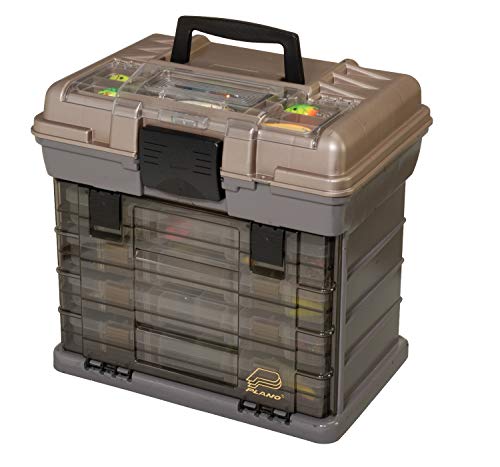 Ok guys, I have been a lurker here for a while, I finally joined the forum and now really need some advice from you all.
Ok guys, I have been a lurker here for a while, I finally joined the forum and now really need some advice from you all. Talked my dad into buying a 1979 bass tracker 17.5 mod v. Seemed great up until we tried to get it on plane. It quickly became Apparent that something wasn't right. After removing the alum diamond plate flooring we found 5 cracked ribs! I love the design on these boats and would really like to fix it up for him. He just retired so hopefully he will use it a lot. But after a $700.00 dollar quote from a welder and another guy that works on boats professionally telling him to just sell it I figured I wanted you all to share your opinions with me. I have seen that several of you have dealt with similar situations with either welding, or riveting a brace to the rib but have not really seen any comments about long term durability.
So here is are the questions for you all: what is this hull worth to someone who would want to fix these problems? Would it be worth it to have it welded without removing the ribs from the boat? Is this something that you all would actually fix or is this hull just scrap?
The reason that I posted this in this forum is because I want to build a river boat with mud motor on it. If I can figure out what the hull is worth, if fixable at all I will buy it from my dad and get to work.
Thanks for reading this, you guys are awesome.



























































